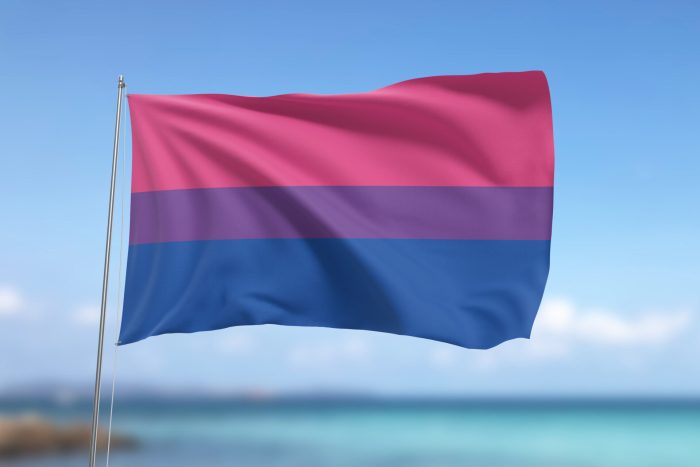This week is Bi-Visibility Week, also known as Bi-Week!

What is Bi-sexual Awareness Week?
Bi-sexual Awareness Week was first set up in 2014 to draw attention to the lived experience of the bisexual community.
This year, Bi-sexual Awareness Week is running from 16-23 September.
Like Bisexual Visibility Day, Bisexual Awareness Week, or #BiWeek, aims to increase the visibility of bi people, and the lived experience of bi people, within the LGBTQ+ community.
Why do we need a Bisexual Awareness Week?
Bisexual Awareness Week is needed because bi people have been historically overlooked by non-LGBTQ+ and LGBTQ+ communities. Because of this, Bi people are sometimes described as the forgotten part of the LGBTQ+ community.
The lived experience of bi people is often grouped with the lived experience of their gay or lesbian siblings. This has led to many bi people facing ignorance in their lives. This ignorance is based on the assumption that bisexuality does not exist, or that someone who describes themselves as bisexual is not really bi but actually gay or lesbian.
What does the label bisexual mean?
According to Stonewall’s list of LGBTQ+ terms, “bi” is an umbrella term used to describe a romantic and/or sexual orientation towards more than one gender.
Bi people may describe themselves using one or more of a wide variety of terms, including, but not limited to, bisexual, pan, queer, and some other non-monosexual and non-monoromantic identities.
What does the bisexual flag represent?
The Bisexual Pride flag- created in 1998 by Michael Page to increase bi visibility- has a pink stripe on the top followed by a purple stripe and a blue stripe on the bottom. The pink is intended to represent attraction to same sex, the blue to the opposite sex and the purple to all genders/more than one.

